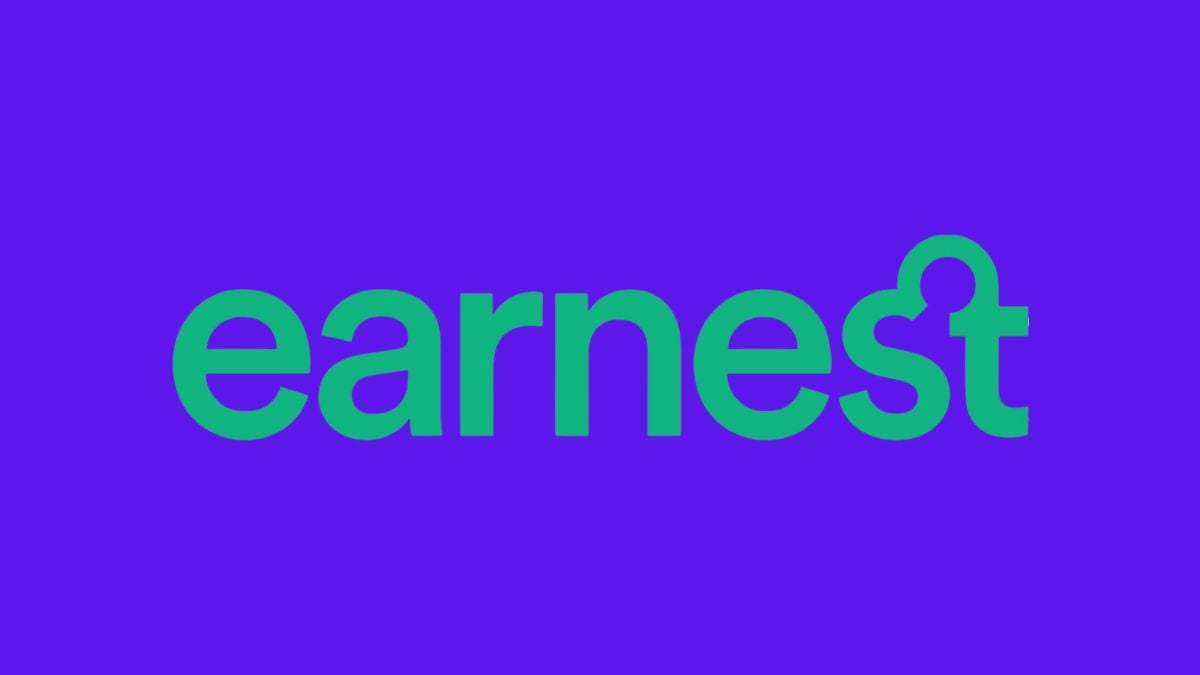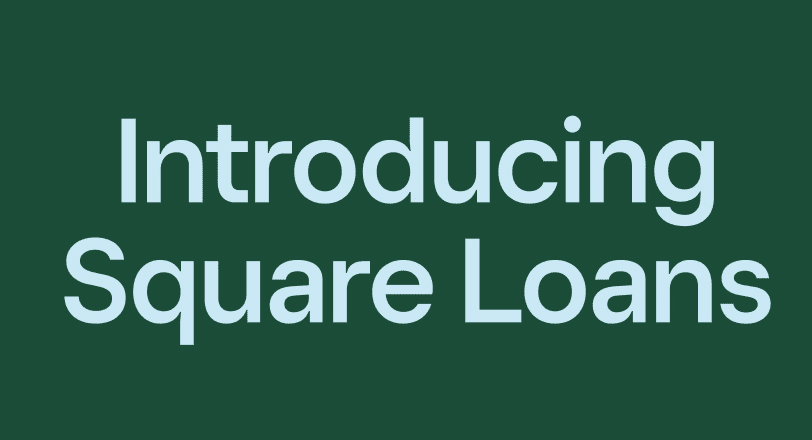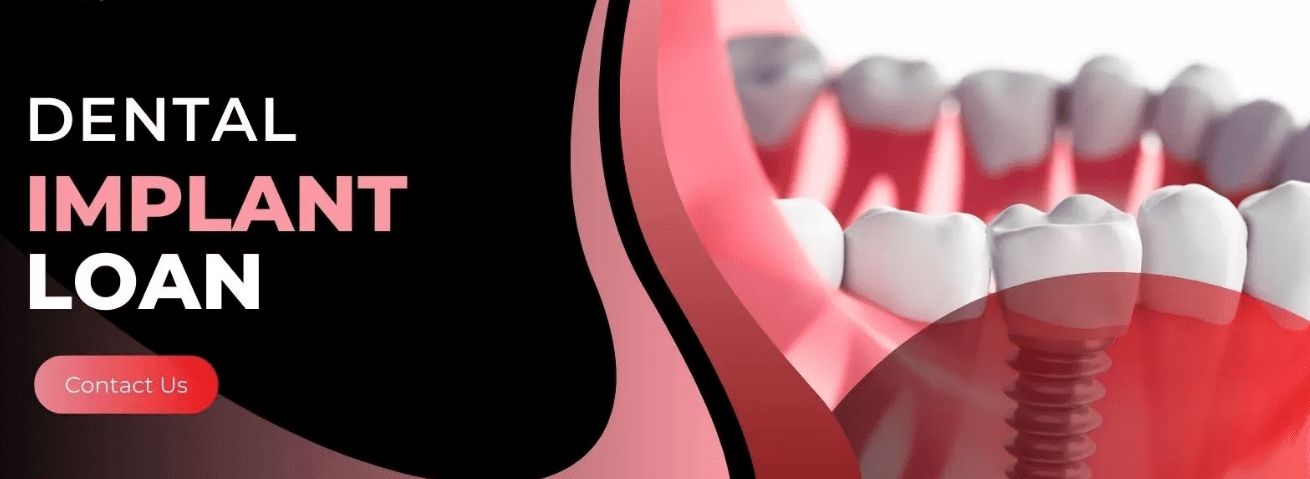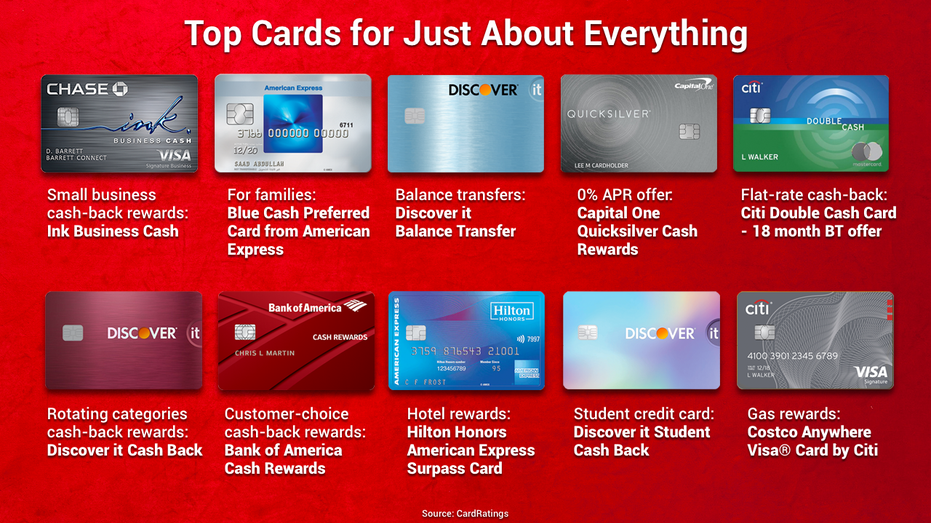Understanding Why Your Student Loan Interest Rates are 0
Hey there, have you noticed that your student loan interest rates are currently at 0%? This may come as a welcome surprise for many borrowers, but understanding the reasons behind this change is crucial. In this article, we will delve into why your student loan interest rates are at 0 and what it means for your financial situation. So grab a cup of coffee, sit back, and let’s explore this topic together.
Introduction to Student Loans Interest Rates
Student loan interest rates can have a significant impact on the overall cost of borrowing money for higher education. While many students may be familiar with the concept of interest rates, they may not fully understand how they are calculated and why they can vary. Here, we will explore the basics of student loan interest rates, including how they are determined, what factors can affect them, and why some students may have interest rates of 0%.
When students take out federal student loans, they are charged interest on the amount borrowed. The interest rate is a percentage of the loan amount that is added to the balance each month. This means that borrowers end up paying back more than the original loan amount over time. The interest rate on a student loan can be fixed or variable, depending on the type of loan. A fixed interest rate remains the same for the life of the loan, while a variable interest rate can change based on market conditions.
There are several factors that can affect the interest rate on a student loan. One of the biggest factors is the type of loan. Federal student loans typically have lower interest rates than private student loans, as they are backed by the government and come with borrower protections such as income-driven repayment plans and loan forgiveness programs. The interest rates on federal student loans are set by Congress and can vary each year based on the prevailing market rates.
Another factor that can influence the interest rate on a student loan is the borrower’s credit history. Students with good credit scores may be able to qualify for lower interest rates on private student loans, while those with poor credit may end up paying higher rates. Additionally, the length of the loan term can impact the interest rate, with shorter loan terms generally having lower rates than longer terms.
Some students may be eligible for student loans with a 0% interest rate. This typically occurs when the government subsidizes the interest on the loan while the borrower is in school or during a grace period after graduation. For example, subsidized federal loans do not accrue interest while the student is enrolled in school at least half-time, making them a more affordable option for many borrowers.
Understanding student loan interest rates is crucial for students who are considering borrowing money to pay for their education. By knowing how interest rates are calculated, what factors can impact them, and why some students may have 0% interest rates, borrowers can make informed decisions about their loans and minimize the cost of financing their education.
Benefits of Income-Driven Repayment Plans
Income-driven repayment plans offer a variety of benefits for borrowers struggling to make their student loan payments. One major advantage is that these plans can lower your monthly payments to a more manageable amount based on your income and family size. This can be especially helpful for recent graduates who may not be earning a high salary yet.
Another benefit of income-driven repayment plans is that they can help you avoid defaulting on your loans. By setting your monthly payments at a percentage of your discretionary income, these plans make it easier for you to stay current on your loan obligations. This can prevent the negative consequences of default, such as damage to your credit score and wage garnishment.
Additionally, income-driven repayment plans can help you qualify for loan forgiveness after a certain period of time. Depending on the plan you choose, you may be eligible for forgiveness of any remaining loan balance after making payments for 20-25 years. This can provide significant financial relief for borrowers with high loan balances and low incomes.
Another advantage of income-driven repayment plans is that they offer flexibility for borrowers whose income fluctuates. If you experience a decrease in income or a period of unemployment, you can request a recalculation of your monthly payment based on your current financial situation. This can help you avoid falling behind on your payments during times of financial hardship.
Lastly, income-driven repayment plans can simplify the repayment process for borrowers with multiple federal student loans. By consolidating your loans into one income-driven repayment plan, you can make a single monthly payment based on your income, rather than juggling multiple payments with different due dates and interest rates. This can make it easier to stay on top of your loan payments and avoid the confusion of managing multiple accounts.
In conclusion, income-driven repayment plans offer a range of benefits for borrowers struggling to manage their student loan debt. From lowering monthly payments to providing opportunities for loan forgiveness, these plans can provide much-needed relief for borrowers facing financial challenges. If you are having trouble making your student loan payments, consider exploring income-driven repayment options to see if they could help alleviate some of your financial burden.
Factors Influencing Student Loan Interest Rates
When it comes to student loan interest rates, there are several factors that come into play. Understanding these factors can help borrowers make informed decisions about their student loans. Below are three key factors that influence student loan interest rates:
1. Credit Score: One of the most significant factors that can affect student loan interest rates is the borrower’s credit score. Lenders use credit scores to assess the risk of lending money to a borrower. A higher credit score indicates that the borrower has a history of responsible financial behavior, which can result in lower interest rates. Conversely, a lower credit score may lead to higher interest rates or even denial of a loan.
2. Type of Loan: The type of loan you choose can also impact the interest rate you receive. Federal student loans typically have fixed interest rates set by the government, which are the same for all borrowers regardless of credit history. Private student loans, on the other hand, can have variable interest rates based on market conditions and the borrower’s credit profile. Additionally, the interest rates for private loans may vary among lenders, so it’s essential to shop around for the best rates.
3. Repayment Term: The length of the repayment term for a student loan can also influence the interest rate. Generally, loans with shorter repayment terms tend to have lower interest rates, while loans with longer repayment terms may have higher interest rates. This is because lenders take on more risk with longer repayment terms, as there is a higher chance of economic changes affecting the borrower’s ability to repay the loan. Additionally, longer repayment terms mean more time for interest to accrue, which can result in higher overall costs for the borrower. Borrowers should consider their financial situation and goals when selecting a repayment term for their student loans.
It’s essential for borrowers to be aware of these factors influencing student loan interest rates so they can make informed decisions about their loans. By understanding how credit scores, loan types, and repayment terms can impact interest rates, borrowers can take steps to secure the best possible rates for their student loans. Ultimately, choosing the right loan with a competitive interest rate can lead to significant savings over the life of the loan.
Impact of the COVID-19 Pandemic on Student Loan Interest Rates
One significant impact of the COVID-19 pandemic on student loan interest rates has been the decision made by the government to set student loan interest rates at 0%. This unprecedented move was made to provide relief to borrowers during these challenging times. The pandemic led to widespread economic disruptions, including job losses and financial instability for many individuals. As a result, many borrowers were struggling to make their student loan payments, leading to increased pressure on policymakers to take action. By setting interest rates at 0%, the government aimed to alleviate some of the financial burdens facing borrowers and provide them with much-needed relief.
Additionally, the decision to set student loan interest rates at 0% also served as a way to stimulate the economy during the pandemic. By reducing the cost of borrowing for students, the government hoped to encourage individuals to continue pursuing their education and investing in their future. This move not only benefited borrowers by providing them with financial relief but also helped support the overall economy by promoting higher education enrollment rates.
Moreover, the COVID-19 pandemic highlighted the need for comprehensive student loan reform. The crisis exposed the vulnerabilities within the current student loan system, as many borrowers were struggling to make payments during a time of economic uncertainty. This experience underscored the importance of addressing issues such as high-interest rates, loan forgiveness, and repayment options to ensure that borrowers are not overwhelmed by their student loan debt. As a result, discussions around student loan reform have gained momentum, with policymakers and advocacy groups working to develop solutions that will better support borrowers in the future.
Furthermore, the impact of the COVID-19 pandemic on student loan interest rates has also raised questions about the long-term effects of the crisis on borrowers. While setting interest rates at 0% provided immediate relief to borrowers, there are concerns about what will happen once these temporary measures expire. As the economy begins to recover and normalcy resumes, borrowers may once again face challenges in managing their student loan debt. There is a need for continued support and assistance for borrowers, whether through extended relief measures or permanent solutions that address the underlying issues within the student loan system.
Tips for Managing Student Loan Debt When Interest Rates are 0
When you find yourself in a situation where your student loan interest rates are at 0%, it may seem like the perfect time to relax and not worry about your debt. However, it is important to remember that your loans will not stay interest-free forever. Here are some tips to effectively manage your student loan debt during this period:
1. Continue Making Payments: Just because your interest rates are currently at 0% does not mean you should stop making payments on your loans. By continuing to make payments, you can make a significant dent in the principle balance of your loans, helping you pay off your debt faster once interest rates go back up.
2. Take Advantage of the 0% Interest Period: While your interest rates are at 0%, consider making larger or extra payments towards your loans. This can help you reduce the overall amount you owe and save money on interest in the long run.
3. Create a Budget: It is important to create a budget that includes your student loan payments. By having a clear picture of your income and expenses, you can ensure that you are making timely payments on your loans and avoid falling behind on your debt.
4. Explore Loan Forgiveness Programs: If you are eligible, consider applying for loan forgiveness programs offered by the government or other organizations. These programs can help reduce or eliminate your student loan debt, allowing you to achieve financial freedom more quickly.
5. Consider Refinancing Your Loans: When interest rates are at 0%, it may be a good time to explore refinancing your student loans. Refinancing can help you secure a lower interest rate, saving you money on your monthly payments and reducing the overall cost of your debt. However, be sure to carefully consider the terms and conditions of the new loan before refinancing.
By following these tips and actively managing your student loan debt, you can take control of your financial future and work towards becoming debt-free. Remember, even when interest rates are at 0%, it is important to stay proactive and responsible with your loan payments to ensure financial stability in the long run.






